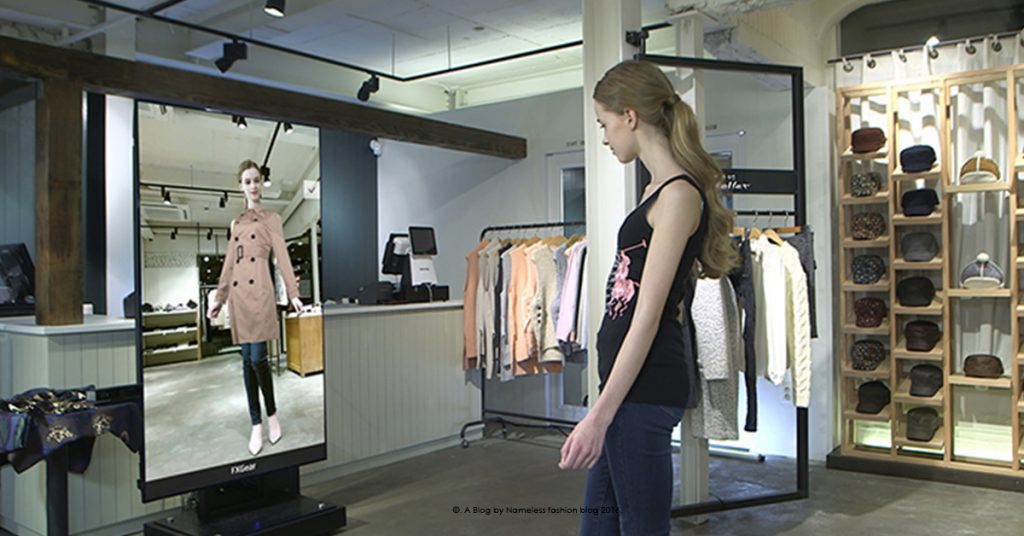Fashion and technology: what are the developments in the sector?
The combination between fashion and technology has become a driving force of a constantly evolving system that tries to satisfy the customers’ demand, who have clear expectations and needs that can only be satisfied by increasingly competitive and innovative products. It is necessary to analyse and evaluate the innovative potential offered by the 4.0 market today, such as the creation of a virtual dressing room, which have become accessible even by small and medium enterprises.
Indeed, among the challenges that textile companies of the future will face, there are flexibility and timeliness in responding to customer questions. These aspects are combined with the needs of the fashion, garments and textile companies of all kinds, from jackets and trousers to skirts and wedding dresses.
Very often, companies find themselves working with many issues, such as the customisation requests and the sizes conversion between different countries. These problems can be overcome with accessible solutions, such as the virtual dressing room.
To comply with these critical issues, reduce time-to-market, merchandise returns and accurately respond to customer requests, companies can approach state-of-the-art 4.0. tools for the creation, for example of a virtual dressing room. These technologies allow you to pursue an optimization of business processes through the use of concept-models supported by the augmented reality technique. This objective can be pursued by building a virtual dressing room.

Fashion companies and augmented reality
Let’s analyse together the activities that a company that wants to make an investment in augmented reality should carry out.
During the first stages of work, the company can be supported by good 4.0 consultants or a good innovation manager, and together should decide whether to develop it from scratch or to adapt the right data acquisition software according to its own specifications.
We recommend solutions that can also work with markerless objects, which allow gesture tracking. The latter is a feature that allows the user to interact with the 3D application through gestures (such as consumer software installed on Samsung or Sony phones).
When working with markers, the result would be to view the virtual object in the real scene. This choice could be taken to combine the functionality of a gesture tracking system with one that uses markers.
A complete augmented reality system for the construction of a virtual functional room would, in fact, be based on the simultaneous use of:
- marker in order to position the virtual object in the real scene;
- gesture tracking in order to allow interaction with the application through gestures.
The integration of these two functionalities would allow the end user to virtually wear a garment and be able to interact with the application remotely through gestures and therefore without having to physically move to reach the mouse or keyboard.
Through a virtual dressing room, therefore, the user would live a more complete experience, close to what one would have inside a physical store, helping him in choosing the most suitable product for him.
But what is a marker and how does it actually differ from the QrCode technology?
Basically, it is an image that behaves like a marker, then it is the software system that will be called to detect it in order to generate virtual contents. These are the modern software technologies that allow the successful completion of an image reading operation, turning any type of image chosen by the customer into a marker, which could be the image of a jacket, shirt or trouser. Inserting specific graphics on the objects so that the 3d software can recognize them is no longer necessary, making iQRcode obsolete.